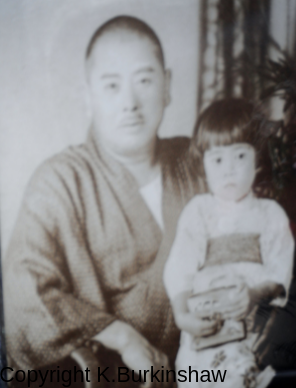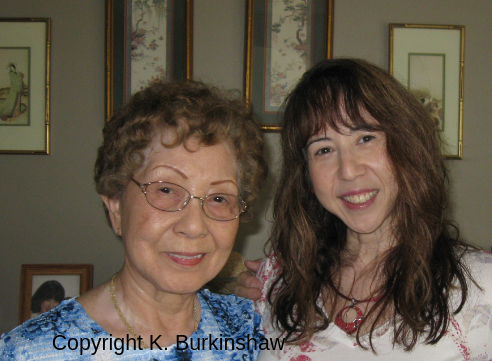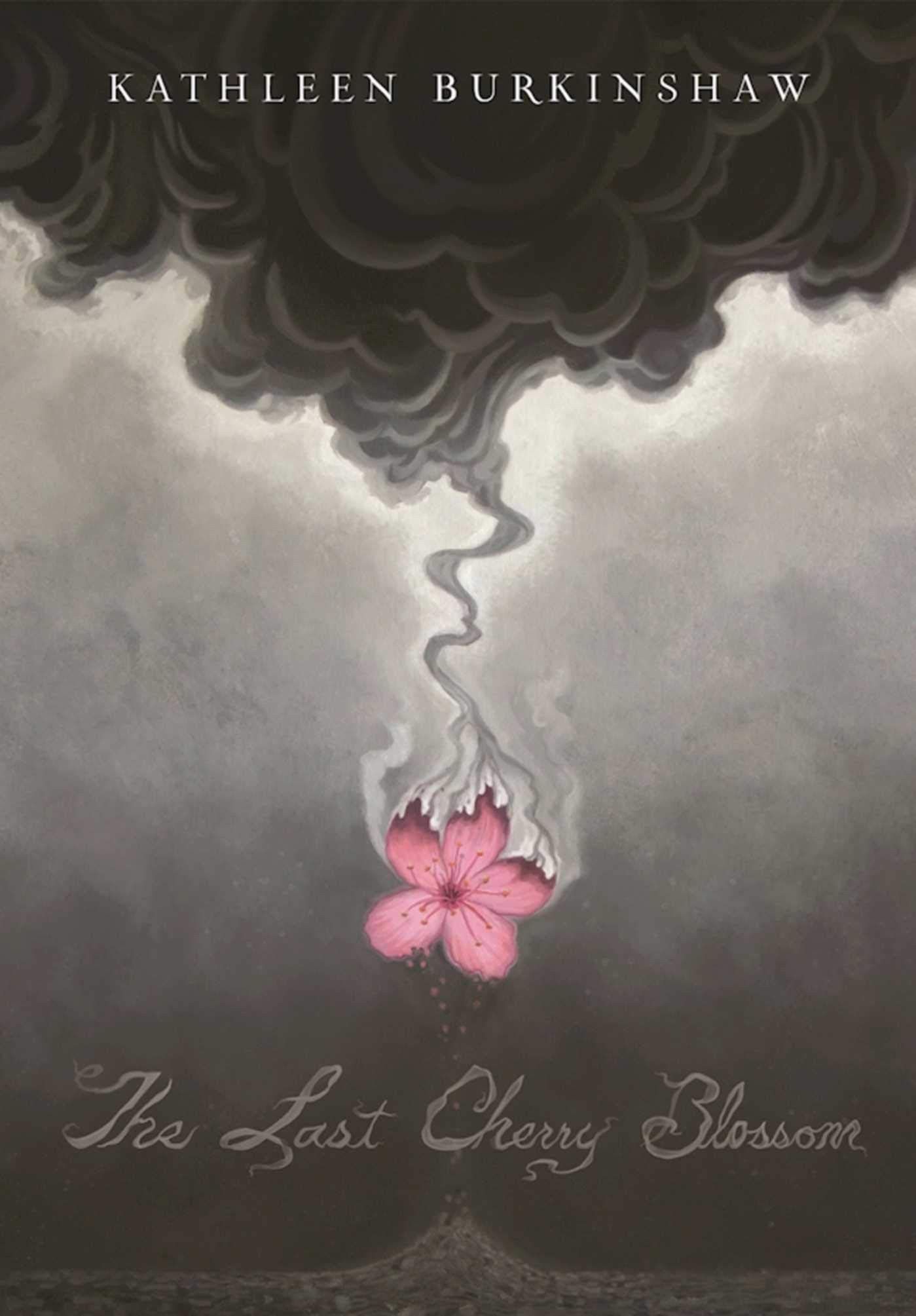Sadako Sasaki was two-years-old the day the atomic bomb fell on Hiroshima, August 6, 1945. She survived and appeared healthy, but a few months after her 12th birthday was diagnosed with acute malignant lymph gland leukemia, or what people in Hiroshima called “atomic bomb disease.”
During her treatment, Sadako remembered a Japanese legend professing that if a person folds one thousand paper cranes, the gods would grant her one true wish. Sadako folded and folded, waiting to be cured, until her last days. The image of this little girl in the hospital folding paper cranes captured people’s hearts and brought global attention to the devastating long-term effects of the atomic bomb.
Recently, director Richard Raymond announced pre-production on a new film, One Thousand Paper Cranes. He originally stated that the movie is based on the eponymous novel by the well-respected Japanese author, Takayuki Ishii. Ishii’s 1997 novel is about Sadako, her courageous struggle, and how it inspired her classmates to start a national campaign to build the Children’s Peace Statue commemorating the children who were victims of the Hiroshima bombing.
Strangely, Raymond also said that the movie would include Canadian American author Eleanor Coerr’s discovery of Sadako’s story and her inspiration to write her version of Sadako’s story, Sadako and The Thousand Paper Cranes, published in the US in 1977.
“We don’t need another movie that lets American viewers go home and think, ‘I’m so glad it didn’t happen to us, but it had to be done, and look at the wonderful story that came out of it.’”
IMDb’s Plot Summary of One Thousand Paper Cranes infuriates me:
“In the 1950s, a journalist in search of an answer to the escalating fears of nuclear war travels to Hiroshima and discovers a story that will forever change her life and give birth to a universal symbol of hope and peace. This is the powerful story of Eleanor Coerr, Sadako Sasaki, and the legend of one thousand paper cranes.”
Sadako’s name isn’t even listed, which reveals Raymond’s true vision for the film. But wait, there’s more! The description continues:
“Two remarkable women unwittingly work together, across oceans and decades, to create a powerful symbol of peace, the paper crane.”
What?!!
Not only does it appear that Sadako’s heart-wrenchingly personal (and very Japanese) story will be told from the perspective of the white Canadian American author, but it will also GLORIFY Coerr as the creator of a universal symbol of peace. Raymond’s movie is barely about Sadako. He should just come clean and say it is the Biography of Eleanor Coerr with a sprinkling of the atomic bombing trauma thrown in for flavor. To say otherwise is insulting to Sadako and all the atomic bomb victims.
Coerr has already inserted herself into Sadako’s story enough. In a 2015 interview with West Hawaii Today, Sadako’s brother, Masahiro, stated that Sadako folded the 1,000 cranes in the first month after her diagnosis. Since she was still ill after that, she became even more determined to fold 1,000 more. By the time of her passing in October 1955, Sadako had folded 1600 paper cranes. In Coerr’s novel, however, Sadako dies before folding all 1,000 cranes, and her classmates finish the remaining 356 cranes to be buried with her. Coerr may have brought some recognition of atomic bomb survivors to the United States, but she didn’t find Sadako’s own story to be dramatic enough and felt the need to change it.
Masahiro said:
“he harbors no anger for the inaccuracies, though he added that writers never bothered to interview the family. He realizes that the changes were made to create ‘a more meaningful story’. Still, he believes that it is his duty to share the truth. That’s how Sadako would want it, too.”
Sadako’s brother is more understanding than I am. I don’t know how Sadako’s actual story wasn’t enough. Dealing with the effects of a nuclear bomb is pretty damn meaningful.

My mother was a Hibakusha (Hiroshima survivor). I wrote about her experiences during the last year of WWII in Hiroshima in my novel, The Last Cherry Blossom. Through her 12-year-old eyes, readers witness the horror of the day the atomic bomb dropped. I’m the vessel for her story, but fundamentally it’s her “own story” and that of my family. My book has sold successfully. I regularly visit and Skype with schools throughout the world, sharing her experiences, to a wide range of children, all of whom can understand and empathize with our family’s story.
Mr. Raymond and screenwriter Ben Bolea may both have genuine, altruistic reasons for making this movie, but it’s significantly misplaced to think that the film needs a “white savior” in the Canadian American character to illuminate the story of the most gruesome, tragic event in Japanese history.
We don’t need another movie that lets American viewers go home and think, I’m so glad it didn’t happen to us, but it had to be done, and look at the wonderful story that came out of it.
Including Coerr’s character buries the story of how Sadako and all victims of the atomic bombings bravely dealt with the damage from a bomb that did not discriminate amongst them and will not if it’s used again today.
You cannot wrap the atomic bombing of Hiroshima or Nagasaki up in a tidy bow. Yes, paper cranes are a treasured symbol of peace, but the film should not be focused on the paper cranes, it should be focused on what happened to families under the now-famous mushroom clouds. Their deaths, their losses, are the reasons the crane is even a famous symbol of peace, not the author.
After 74 years, why can’t a film be made focusing on the stories of the families in Japan that experienced the horror of the atomic bomb so that viewers can understand why it should NEVER happen again? It makes me wonder if this is some way the atomic bombing can be justified for the modern white audience, fueled by misinformation further dehumanizing the Japanese during WWII.
We already have the white Canadian American perspective about Japan referencing the atomic bombing. Godzilla, King of the Monsters (1956) is the (white) American-edited version of the Japanese 1954 film titled, Gojira.
In 1954, Takeo Murata co-wrote Gojira with the film’s director, Shiro Honda, specifically with the nuanced message about the damage nuclear weapons had done and continued to do at the time. The first scene begins with Japanese fishermen contaminated from thermal nuclear weapon testing (eerily similar to the actual Japanese fishing boat incident in the Bikini atoll off the Marshall Islands earlier that year). This same nuclear testing awakened the monster, Gojira, made to slightly resemble a dinosaur/whale (he could also live underwater), with bumpy skin that resembled keloids, a new type of burn found on the atomic bomb victims of Hiroshima and Nagasaki. And, more importantly, he shot deadly radiation and fire from his mouth. Finally, to stop Gojira from wreaking havoc and killing more people, the scientist utilizes a new type of oxygen depleting bomb.
But there are consequences. In the last scene, the scientist states, “I can’t believe that Gojira was the only surviving member of its species. But, if we keep on conducting nuclear tests, it’s possible that another Gojira might appear somewhere in the world, again.”

Two years later producers of the American version, Godzilla, King of the Monsters, cast white Canadian American actor, Raymond Burr, playing a journalist in Tokyo, Mr. Martin, who provided a white lens for western audiences. The American film left out scenes regarding the Japanese view on nuclear testing and edited the stark warning of Gojira’s final scene following the monster’s (apparent) demise. The American version replaced it with Raymond Burr’s character neatly wrapping the movie up with, “The whole world could wake up and live again.”
Same basic plot? Sure. However, editing involved more than just changing the name to the English Godzilla, King of the Monsters. The underlying message about the dangers of nuclear weapons and nuclear testing was whitewashed and erased.
“The underlying message about the dangers of nuclear weapons and nuclear testing was whitewashed and erased.”
Perhaps, being only 11 years after the bombing of Hiroshima and Nagasaki, American producers felt the need to focus on the ingenuity of the oxygen-depleting bomb used to save Japan from its monster while conveniently de-emphasizing the reckless nuclear tests that created the monster in the first place.
It’s difficult to not have these thoughts and questions in a movie with a white character swooping in and deciding that atomic bomb victims’ stories must be told because one feels the Hibakusha can’t possibly manage to do it well on their own.
Mr. Raymond states he received support from Sadako’s family, the Hiroshima Peace Museum, and the Hiroshima Film commission. However, like Coerr, Raymond has not bothered to speak with any actual Hibakushas or their families in the United States who know all too well how little is known/taught about the atomic bombing or the people it was dropped on. Knowing Japanese culture, it’s also very possible that individuals or their families may say they were okay with the film when they aren’t. That shows in the interview with Sadako’s brother Masahiro. Likewise, my mom had felt her voice did not matter, even to her white American husband- my father, and me. Because of the prejudice /racial slurs she endured when she arrived in America, she never spoke much about the bombing. She began to think she should be ashamed of being a victim. Despite that, she sure as hell would have been the first person to say Hiroshima does not need a white hero.
I deeply respect Sadako and her family. Sadako’s strength inspires me and touches my heart. I love the message of her statue in Hiroshima Peace Park with its dedication as a “symbol of peace for all the children of the world.” That wish extends to my mother and all the children who died that day, years later, or lived their adult lives with these tragic memories emblazoned in their hearts. My mom experienced all of that within her family. Because of this, Sadako’s story has a very personal meaningful message to me.

Though I also respect Eleanor Coerr as a person and author, I’m against her character’s portrayal and appearance in Raymond’s movie. One Thousand Paper Cranes should be a movie of hope, heartfelt sympathy for Sadako, her family, atomic bomb victims, and spotlight Sadako’s bravery-all that it deserves. Films about Hiroshima and Nagasaki should show daily family life in Japan during the war, depict August 6th or 9th in a way that respects the horror victims experienced that day and then carried in their minds for the rest of their lives, instead of how it emotionally affects and changes the life of some random white bystander.
Even though my father was a white American, I purposely wrote The Last Cherry Blossom without a white American point of view. It didn’t need one. American students who read it are perfectly able to grasp the horror of that day, empathize with my mother’s character, and understand why nuclear weapons should never be used again. To me, movies about the atomic bombing of Hiroshima and Nagasaki also do not need a white American lens. To have one implies that white audiences are incapable of empathizing with non-white people in another country. If that’s true, how can America ever prevent horrendous decisions against people of color from happening again?


Comments powered by Talkyard.